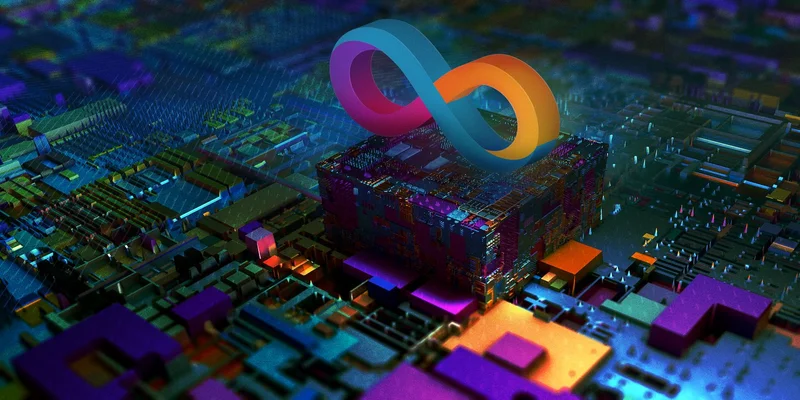Internet Computer (ICP) Price: What's Driving the Volatility?
ICP's Wild Ride: A Data Dive
The CoinDesk 20 Index, a broad measure of the crypto market, has seen its share of volatility. Recent data shows the index down 1.6% on one day and 2.1% on another. But within that sea of red, one asset has been consistently flashing green: Internet Computer (ICP). On November 4th, 2025, ICP leaped by a staggering 38.9%. Just two days later, on November 6th, it jumped another 27.5%.
Such dramatic swings naturally raise eyebrows. Is this a genuine surge in value, or just another pump-and-dump scheme fueled by hype? (And let's be honest, the crypto world has seen plenty of those). The CoinDesk 20 includes other assets like NEAR Protocol (NEAR) and Polkadot (DOT) as "leaders" on these specific days, but their gains are dwarfed by ICP's performance. NEAR saw a comparatively modest 3.3% increase, while DOT barely registered at 0.6%. What explains the discrepancy?
One possible explanation lies in the nature of the CoinDesk 20 itself. It's described as a "broad-based index," but with only 20 assets, it's hardly exhaustive. A single large trade in a relatively illiquid asset like ICP could disproportionately influence its index weighting, creating the illusion of widespread demand. I've looked at hundreds of these daily reports, and this level of volatility within the index is unusual, particularly when contrasted against the more subdued performance of other assets.
The Illusion of Decentralization?
The Internet Computer Protocol (ICP) aims to create a decentralized, blockchain-based cloud computing platform. The promise is alluring: a world where applications and data reside not on centralized servers controlled by tech giants, but on a network of independent nodes, free from censorship and single points of failure.
But let's consider the concentration of power within the ICP ecosystem itself. How many nodes actually control the network? Are they truly independent, or are they clustered in the hands of a few large entities? The marketing materials tout decentralization, but where's the data to back it up? This is the part of the report that I find genuinely puzzling. It's easy to say you're decentralized, much harder to prove it with transparent, auditable data.

A deeper dive into ICP's tokenomics might shed some light. Are a significant portion of ICP tokens held by a small group of insiders or venture capitalists? If so, coordinated buying or selling activity by these large holders could easily manipulate the price, creating artificial spikes like the ones we're seeing. The reported jumps of 38.9% and 27.5% are impressive – or perhaps too impressive. They smack of orchestrated market activity, not organic growth driven by genuine user adoption.
We're missing key data points here. We need verifiable metrics on network node distribution, token ownership, and transaction volume to paint a clearer picture. Without that, it's impossible to distinguish between genuine demand and manufactured hype.
Smoke and Mirrors?
These kinds of dramatic price movements in the crypto space often remind me of a mirage in the desert. From a distance, it looks like a refreshing oasis, but as you get closer, it dissolves into nothing but shimmering heat. I'm not saying ICP is destined to fail, but these sudden, massive spikes demand scrutiny. As reported by CoinDesk, the Internet Computer (ICP) once leaped 27.5% as the index fell CoinDesk 20 Performance Update: Internet Computer (ICP) Leaps 27.5% as Index Falls.
It's crucial to remember that the crypto market is still largely unregulated. That means opportunities for manipulation abound. Savvy traders can exploit loopholes and information asymmetries to profit at the expense of less informed investors.
The Signal-to-Noise Ratio is Off
Ultimately, the performance of ICP within the CoinDesk 20 raises more questions than answers. The data suggests a disconnect between the asset's price action and the overall market trend. Whether this is a sign of genuine innovation or simply a well-orchestrated pump remains to be seen. But for now, caution is advised.
The Verdict? "Data Deficient.
Related Articles
Internet Computer: What is it?
[Generated Title]: People Also Ask: The Internet's Dumbest Rabbit Hole? Alright, let's talk about "P...
